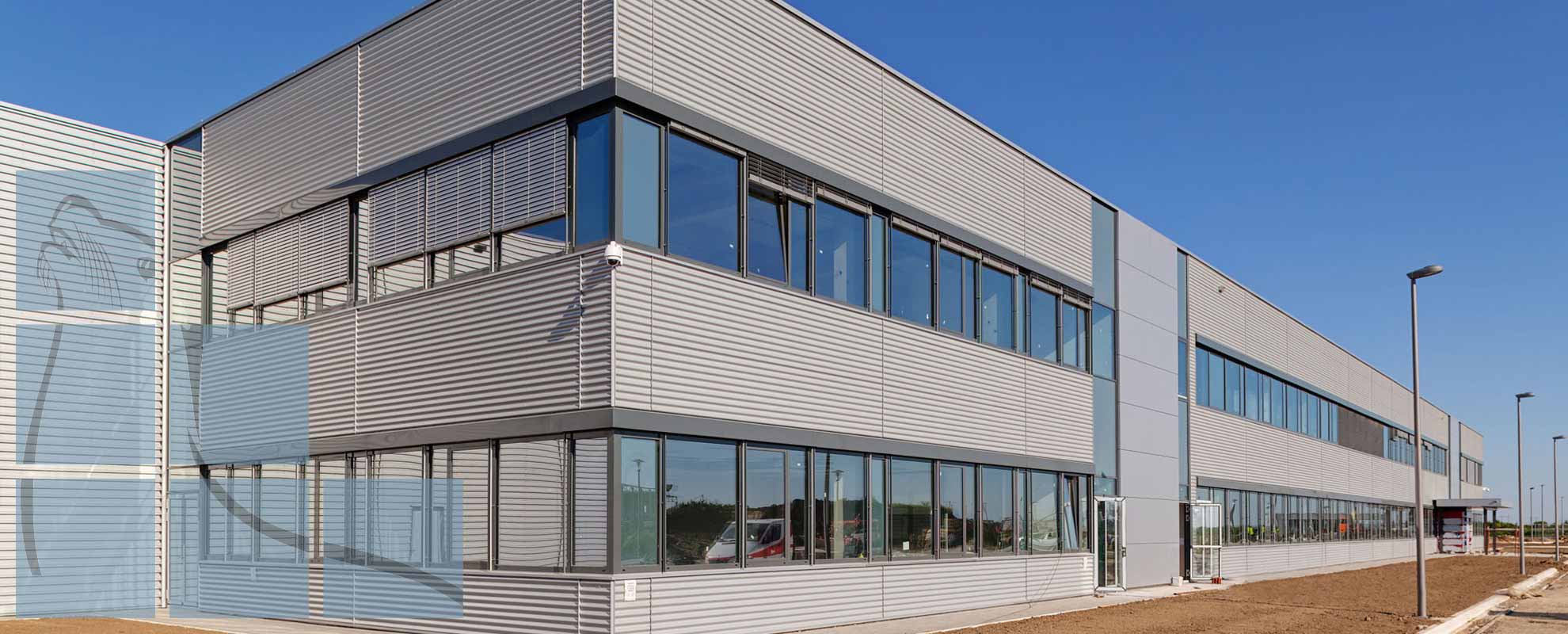To make sure that your roof always maintains its integrity it is essential to have a flat roof contractor who knows what he is doing. The problem that many face is trying to determine which contractor to go with. It’s a big decision with the potential for long-term consequences. So what should you look for in a flat roofer?
Experience in the industry
Ask your roofer how long they have been in the flat roofing industry. Make sure to be specific about flat roofing because pitched roofing is very different and experience there does not necessarily transfer over.
You want to make sure they have years of experience because that experience will have taught them how to deal with different problems and given him an idea of how long different solutions and products will last.
Product Knowledge
Your roofer should have experience with different roofing membranes and understand the advantages and disadvantages of each. They should also be able to explain differences in products, as well as different solutions to problems in a way that is easy for you to understand.
As Einstein said; “You do not really understand something unless you can explain it to your grandmother”. If your roofer is having troubles explaining roofing options or products, it’s likely because they don’t understand them either!
Willing to offer lower-cost options
While it may be the best long-term solution, you are not always prepared for an expensive re-roof. Your roofer should present you with different repair options and give you an idea of the life expectancy of each.
You may decide that a re-roof is the best option for your scenario, but that’s your decision to make, not your roofers. A good and confident roofer will be able to explain your options and give his recommendations.
As a general guide we say that a roof should last about 20 years, and your yearly maintenance should not cost more than replacing the roof every 20 years.
For example, let’s say your roof will cost $50,000 to replace. Take the cost of a re-roof and divide by 20 and this will give you the cost per year of your new roof. In our example, this works out to $2,500 per year.
Towards the end of your roofs life, if your yearly repairs are below this number, keep investing in the old roof. Once the repairs start costing you more than this it’s probably going to be cheaper to start thinking of roof replacement.
Of course if you’re not prepared to replace yet, there are usually options that can stave off the inevitable while you financially prepare. Your roofer should be able to explain these to you and give you a general idea of how long you have.
Remember though, whatever your roof is protecting is valuable. It’s always better to get the new roof before you have catastrophic failure!
Prompt Response Time for Warranty Concerns
If you can’t get a roofer to come out and take a look at your roof when it needs repairs, how easy do you think it will be to convince them to come out and fix a warranty issue?
You need someone who is going to stand by the work they have done and who is willing to go out of their way to quickly address any issues.
Offers a Five Year Warranty on New Installs
If you’re looking at a roofer who doesn’t provide a warranty on his work (new installs), run! No new roof when properly installed should fail within the first five years and if your roofer is not confident enough in his work to offer you that insurance then you should not have the confidence to let him on your roof.
Here at Northern Seal we offer a standard five year warranty on new installs which covers both parts and labour.
If you choose to take our roof maintenance package, which includes yearly inspections, we will extend the labour portion of the warranty to ten years. That way you can rest assured that your roof will last and that if anything should happen, we’ve got you covered!
After-Hours Service Calls
Everyone knows that leaks don’t wait for convenient times, nor do they wait for office hours. If your roofer doesn’t offer after-hours servicing you need to find someone who will.
Waiting until the next day or for Monday could let substantial amounts of water into your building resulting in extensive damage and repairs. Make sure that you can contact your roofer in case of emergency both during the period of work on your roof and afterwards so that you don’t find yourself combing the internet while water pours into your building.
Final Word
Looking for a competent flat roofing contractor can be a frustrating task, especially when you don’t know anything about roofing yourself. These hints should help you find someone who is right for you, who will put your needs first and who will be available when you need him.
Remember, the cheapest quote may seem good at the time but will be very frustrating when you’re redoing the same work the next year because the roof was installed improperly.
Flat roofing requires specific materials and an understanding of how to install them properly if the roof is going to last its full lifespan. Getting the right flat roofing contractor is an essential investment.
Contact us today and see how we can serve you and your building!




